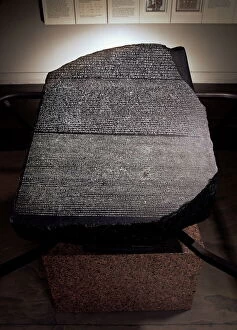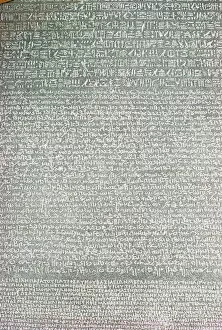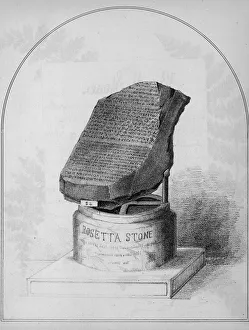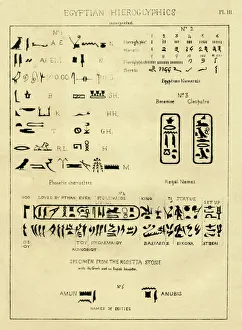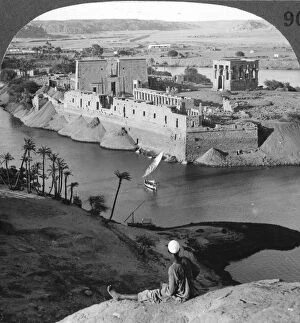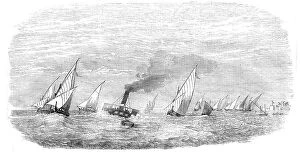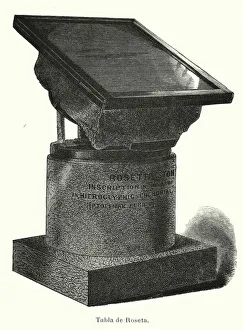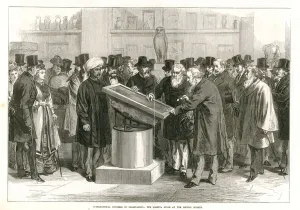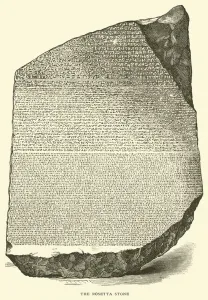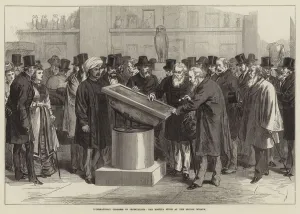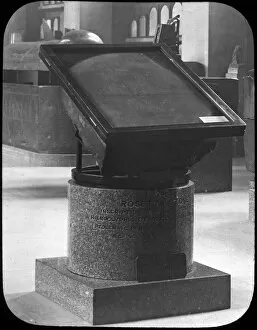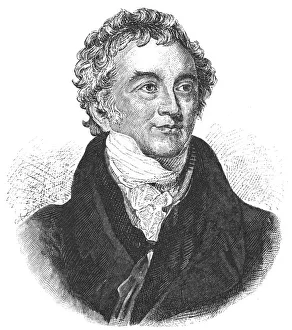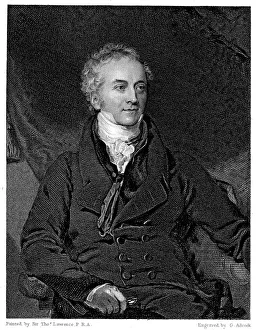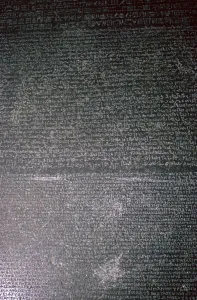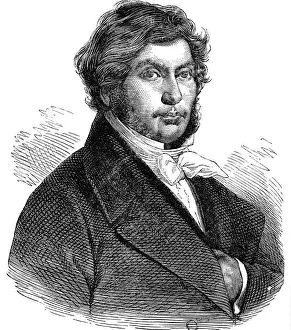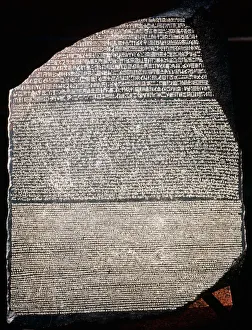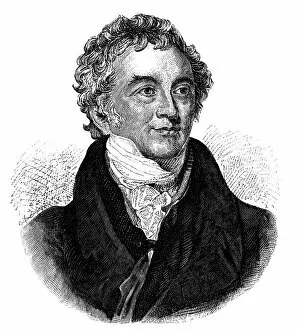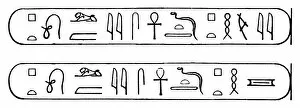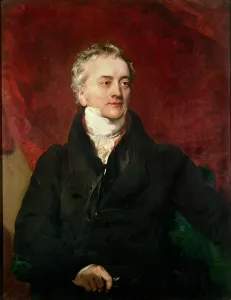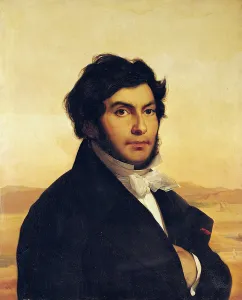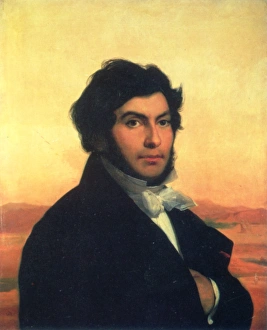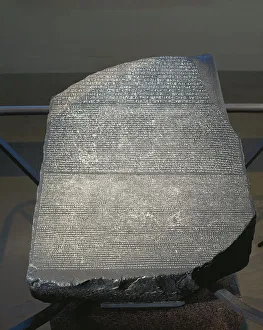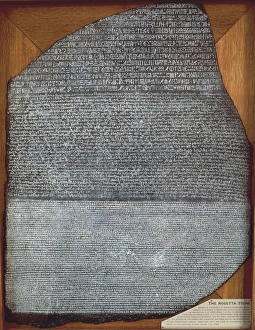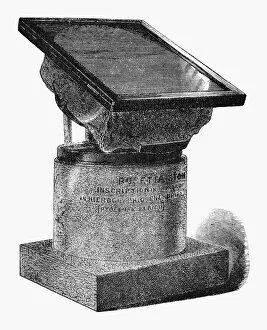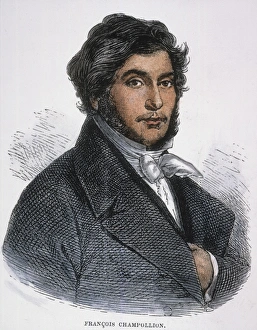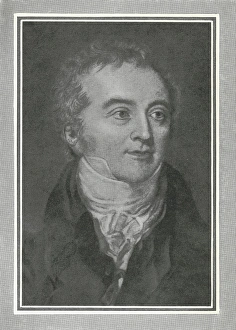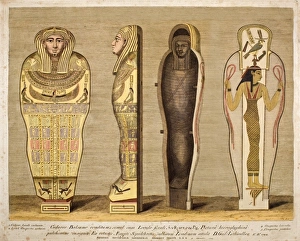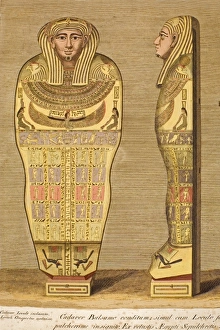Rosetta Stone Collection
"The Rosetta Stone: Unlocking the Secrets of Ancient Egypt at the British Museum" Discover the awe-inspiring Rosetta Stone
For sale as Licensed Images
Choose your image, Select your licence and Download the media
"The Rosetta Stone: Unlocking the Secrets of Ancient Egypt at the British Museum" Discover the awe-inspiring Rosetta Stone, housed in the prestigious British Museum in London, England. This remarkable artifact holds immense historical significance as it played a pivotal role in deciphering Egyptian hieroglyphics. With intricate details etched upon its surface, the Rosetta Stone captivates visitors from all corners of the globe. Its presence serves as a testament to human curiosity and determination to unravel ancient mysteries. Palaeography experts meticulously examined this invaluable relic, allowing them to interpret and understand Egyptian hieroglyphics for the first time. The stone's inscriptions provided an essential key that opened doors to comprehending one of history's most enigmatic civilizations. Transport yourself back in time with a captivating image depicting Philae Island and its magnificent temples in 1905. Marvel at how this picturesque location once stood witness to monumental moments in ancient Egypt's rich tapestry. Engravings showcasing scholars examining the Rosetta Stone during an International Congress of Orientalists further highlight its global importance. These gatherings brought together brilliant minds eager to delve into Egyptology and unlock new realms of knowledge. A mesmerizing lithograph emphasizes just how crucial this iconic stone was for decoding Ancient Egyptian hieroglyphs—a true breakthrough that forever changed our understanding of their culture and language. Step into Victorian-era London through a stunning photograph capturing the grandeur surrounding the British Museum circa 1890. Immerse yourself in history as you stand before this timeless treasure, contemplating its profound impact on humanity's intellectual journey. Among those who contributed significantly is Thomas Young—an English physicist and esteemed Egyptologist—who dedicated his life to unraveling ancient secrets. His expertise paved the way for future generations' exploration into ancient civilizations' depths. The Rosetta Stone stands tall as an enduring symbol bridging past and present—inviting us all on an extraordinary voyage through time within Europe's cultural heart.

